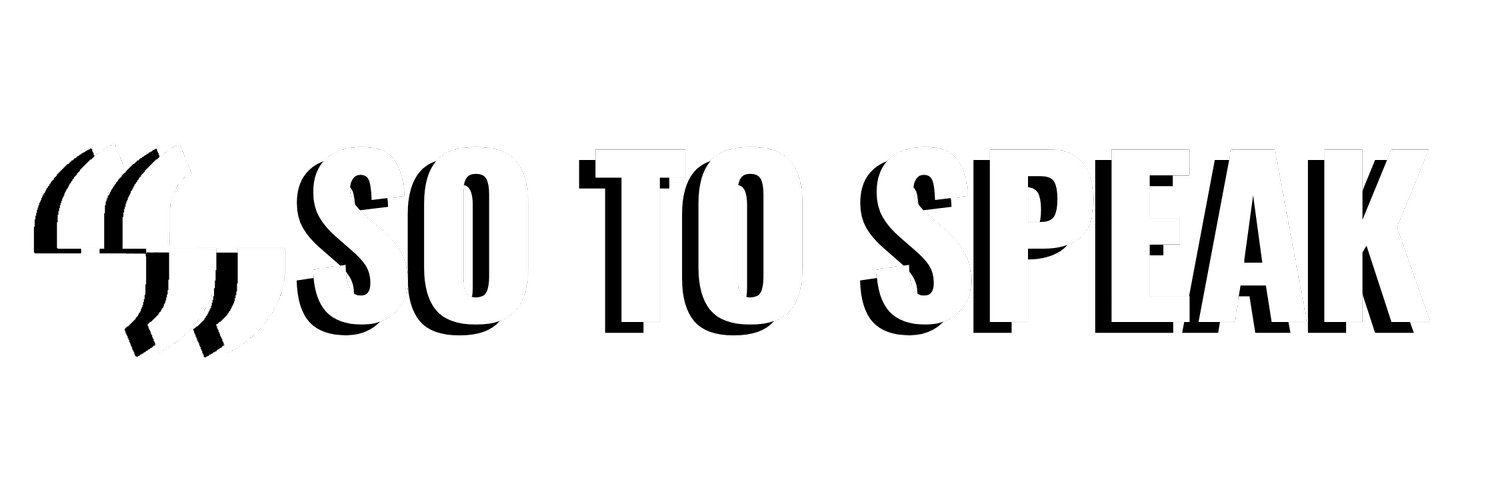Pull-Ups: One Feminist’s Take on the Controversy
As a feminist, I was interested in the Marine Corps’s January decision to delay the implementation of its testing standards when 55 percent of women failed to complete at least three pull-ups, a required component of the combat fitness test. This issue stirred up a lot of attention in military and feminist circles alike, as both groups wrestled–and continue to wrestle–with what it means that so many women failed in this endeavor.
The figure that is still on my mind, though, is the 45 percent of women who did accomplish the pull-up requirements. By focusing our attention on the women who failed, we have failed the women who succeeded in rising to the standard. Literally, by pulling themselves up to where they needed to be the required number of times, they thereby demonstrated their capability to serve alongside men in a war zone, where “scaling a wall, climbing up a rope, or lifting and carrying heavy munitions” are life-dependent tasks. That’s something to celebrate, but instead, the Marine Corps will deny them the chance to be considered equals to the men with whom they have in fact demonstrated physical equality.
I’m a feminist in the most basic sense: I believe in equal rights and equal opportunities for men and women alike. In short, I believe in equality for all people, period. As such, I support the presence of qualified women in the military, and I think barring women from service in combat zones is to ignore the long history of women who have always done so, with or without formal recognition of their contributions.
However, I do not support the idea that we should have women in a combat zone simply for the sake of having women in a combat zone. Just as the military screens for the strongest and most physically capable men, so also do I expect the military to screen for the strongest and most physically capable women. Actually, scratch that: What I expect is for the military to screen for the strongest and most physically capable people. Period.
The Marine Corps is in a particularly awkward position regarding the social and political push for a certain quota of women to be maintained in its ranks, because the Marine Corps is unique among military branches in its requirement that all Marines meet core infantry standards, not just those assigned to serve in the infantry. The Corps seems to hope it can achieve this socially and politically demanded quota by “equalizing physical standards to integrate women into combat jobs.”
But I worry that the quest for equality in the military is becoming more about achieving the appearance of equality, through socially and politically imposed quotas, than about upholding true equality of opportunity for everyone—male or female—to serve his or her country if he or she is qualified to do so. I think it is a mistake to hold back the women who have demonstrated their ability to meet the physical standards for serving in the Marine Corps simply because there aren’t enough of them (yet) to meet these superficial quotas.
Lowering the physical standards for women in a euphemistic effort to “equalize” the Corps’ gender distribution is no more equitable than banning women from combat zones. All infantry training programs in the military have a long history of high attrition rates; in fact, many would argue that, for the Marine Corps especially, these high attrition rates are a point of pride, a bragging right, a means of establishing the Corps’ image as physical and mental elites. They’re not known as the Few and the Proud for nothing.
Military service is not something men or women are entitled to. Even in times of conscription, physical requirements still limited eligibility to serve. For example, we did not let blind men fly airplanes in World War II, and I hope we would not have let blind women do so, either. Upper body strength is as important to infantry service as vision is to flight, and we do no one, male or female, any favors by diminishing the importance of physical standards for military service.
The issue, then, is not whether or not we have an appropriately equitable number of women serving in the military, but whether we are granting women equality in the opportunity to prove their qualifications for military service. And prove it many did. As 45 percent of recruits demonstrated in their successful execution of the combat fitness test, and as has been pointed out in reportage of this issue, it’s not impossible for women to do several pull ups.
By fixating on men and women as separate categories, we’re forgetting that first and foremost we are all people. Gender is just one of many factors that plays into an individual’s ability to serve successfully in the military. If sticking to its guns means the Marine Corps can’t attain whatever socially and politically desirable quota of women society would prefer, well, tough nuggets. As for those 45 percent of women who did achieve the physical standard, who can do three or more pull-ups, to those women I say: Ooh-rah. Get some, ladies. Get some.
Liz is fiction editor at So to Speak and a third-year fiction candidate in the MFA program at George Mason University, where she also teaches in the English department and serves as the assistant director in the Writing Center. Liz lives and writes in Annapolis, Maryland. Cover photo by Stephen Morton for The New York Times.
